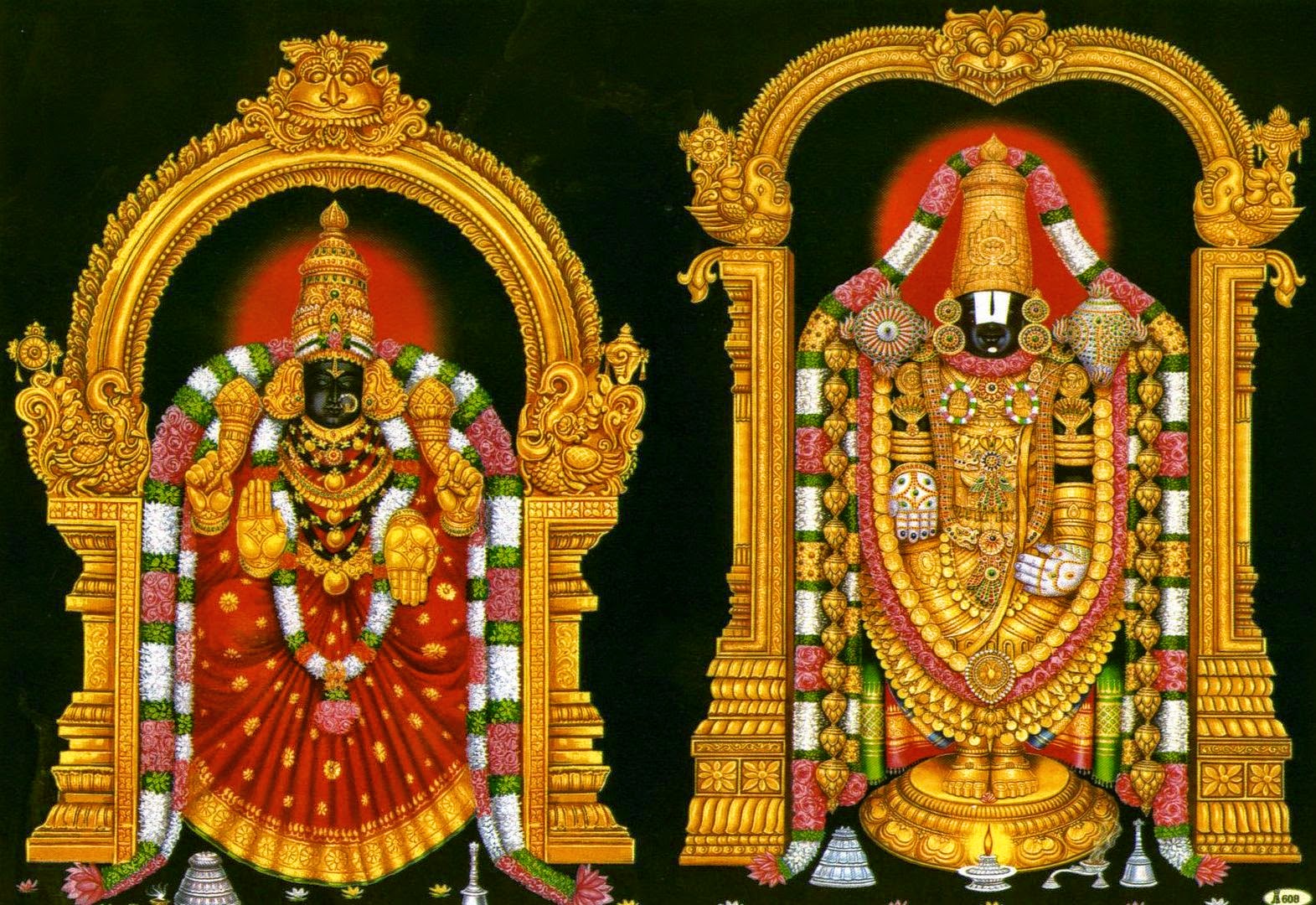The Bhagavadgita – A Synthesis of Thought and Action : 1. Swami Krishnananda
=============================================================
================================================================
Friday, February 11, 2022. 20:00.
(Spoken on Gita Jayanti in 1973)
Post-1.
==============================================================
The culture of mankind may be said to have reached its zenith in the thoughts of the Upanishads, wherein we have an exposition of the quintessential essence of all values that humanity has been seeking through the passage of history. In this groundwork of human culture, we have the perennial inspiration of the soul of man, the cry of the deepest in the human individual, the raptures of what may be regarded as the most valuable part of human nature. Such is the meaning hidden behind the gospel of the Upanishads, which soar into the empyrean of the superhuman and the meta-empirical, rising to levels of such ecstatic heights almost inaccessible to the faculties available to the human individual, making us giddy with the heights that they have reached. It is practically impossible for the modern man especially even to think of their significance except that they are wonderful spiritual messages given to us. While the human mind is always able to very quickly misunderstand things, it is not so easily able to understand things in their proper perspective and context. It is very easy for me to misunderstand you, but it is not so easy to understand you. This is human nature in its simple openness and placid empiricality. To commit a mistake is easier than to pursue the course of truth.
The glorious teachings of the Upanishads contain truth in their simple nakedness, unclothed with vestures of human liking or sentiment. This is precisely the reason why they could not easily become a guiding directive of the practical life of man in the workaday world.
In the Bhagavadgita we are supposed to be given a practical turn to the supreme and ideal loftiness which the spirit of the Upanishads embodies. You will remember that towards the end of each chapter of the Gita is the colophon: iti shrimadbhagavadgitasu upanishatsu. The Upanishads and the Bhagavadgita are like brothers or sisters born of the same parents – the Vedas, the Srutis and the Smritis – which contain within themselves the wisdom of man in its theoretical as well as its practical aspects.
We have in our own sciences such as mathematics or physics the theory and the practice, the theorem and its corollary, and so on. In one sense at least, though not in every sense, we may say the Upanishads lay down the fundamental theory of the cosmos on which we have to work out the practical application of the doctrine in our day-to-day life. This application of the theoretical dictum or the fundamental principles of the Upanishads is in the gospel of the Bhagavadgita. The Upanishads tell us how to think, and the Bhagavadgita tells us how to act. We always think before we act; but how are we to think? The direction of our thoughts is provided by the Upanishadic gospel but the direction of our action is given in the Bhagavadgita. So we have in the Upanishads and the Bhagavadgita a complete science of life.
And today, as we are here to humbly and yet solemnly observe the sacred occasion of the delivery of the Bhagavadgita many thousands of years ago, we may very well confine ourselves to what the Bhagavadgita seems to expect of us in our life – no doubt, on the basis of the wisdom of the Upanishads.
To be continued ...
==============================================================






Comments